|
Aya Khalil: Hello and salam! Thank you for letting me interview for Kidlit in Color. I am a huge fan of your books so I'm excited to interview you. Can you briefly tell our readers about yourself and your books? Ashley Franklin: Wa Salaam, Aya. That’s so sweet of you! The feeling is definitely mutual. I’m a mom of two and an adjunct college professor. My life is simple. I write. I teach. I mom. I write books featuring kids with big hearts and even bigger imaginations. In all my picture books (from Not Quite Snow White to The Masjid Kamal Loves), I try to showcase children experiencing joy as a part of their everyday lives. AK: The Masjid Kamal Loves releases soon! I love the rhythmic list of things that Kamal loves at the masjid. It reminds me of my kids and the joy they feel at the masjid. How did you come up with this idea, was it inspired by anything from your life? AF: This idea was inspired by my desire to do something completely different from my typical writing style. Honestly, my picture books tend to run long, so I wanted to challenge myself as far as word count and structure. The first thing I did was decide on the structure. I know how big of a part nostalgia can play in our enjoyment of things. I vividly remember “The House that Jack Built” from my younger years, and its formulaic nature hasn’t gone out of style. It was also a fun and productive way to settle my nerves. I basically wrote the first draft on a flight to Florida to shoot the Scholastic trailer for Not Quite Snow White. Being on camera is not my comfort zone (believe it or not), so it was a healthy distraction. AK: Not only did I love your words, but the illustrations by Aaliya are so cute and hilarious! I love the spread of one of the boys rolling another boy in the masjid carpet (so real)! What is your favorite spread? AF: No way am I going to answer that. That’s like picking your favorite child! Some things you just don’t do. But, I will say that the spreads that are close to my heart are the ones where Aaliya lovingly included my kids. AK: Ha! That's true. I need to know which spreads she included your kids! What do you hope readers will learn or feel after reading this book? AF: I hope readers can’t resist smiling at The Masjid Kamal Loves. I hope this book helps them to recognize the joy that a masjid can bring into a child’s life. I hope it makes them think of a place that is special to them and brings them the same type of joy. AK: Can you tell readers the process of how this picture book sold and the timeline of you writing it? Did it sell fast? Did it take long to write it? AF: During the plane ride that I mentioned earlier, I pretty much started and finished the draft then. Not much changed from those handwritten notes to the final version. It took me the longest to write the introduction and conclusion. They were added later to give the text additional framework. The book sold quickly. It went to auction, so that was a very new experience for me. The longest part wasn’t writing it. It was finding the perfect illustrator. If I remember correctly, that took around a year or so. AK: Wow, a whole year! Well it was worth the wait! Is there anything else you can tell us about what you're working on or upcoming books? AF: Right now, I’m drafting a novel in verse. I also have a few picture books coming up: Moon Girl and Devil Dinosaur: Hair Today, Gone Tomorrow, illustrated by Bea Jackson (August 1, 2023) Xavier’s Voice, illustrated by Tatiana Gardel (Fall 2023) Our Favorite Day of the Week, illustrated by Rahele Jomepour Bell (Fall 2024) AK: Is there anything else you want readers to know about you and your books? AF: I hope readers know that I appreciate their support, whether it’s through buying a book, making library requests, writing reviews, or showing some love on social media. AK: And just for fun, tell us a fun fact about yourself! AF: I like to juggle. I’m not very good at it, but I still like trying. It keeps me humble, lol. AK: 😂😂 Please show me the next time we see each other. And juggle with your books. Find Ashley here: Twitter:@differentashley Website: www.ashleyfranklinwrites.com Facebook: Ashley Franklin Instagram: @ashleyfranklinwrites Order her book here: https://www.simonandschuster.com/books/The-Masjid-Kamal-Loves/Ashley-Franklin/9781534499836 A Juneteenth Conversation With Tonya Abari and Alliah L. Agostini Are you looking for children's books about Juneteenth? Be sure to check out two titles from our very own Alliah L. Agostini, illus. by Sawyer Cloud (The Juneteenth Story) and Tonya Abari, illus. by Tabitha Brown (Let’s Celebrate Juneteenth). We sat down with these authors in a brief conversation about commemorating Juneteenth. 1. How did learning (or not learning) about Juneteenth as a child impact your knowledge of this history as an adult? AA: I’ve always known about Juneteenth because my Buffalo, NY community has long celebrated it- but my knowledge of the depth of the history behind it and its evolution is something that eluded me until I started research for The Juneteenth Story. Juneteenth was never discussed in any of my history curriculums from elementary through graduate school. TA: I did not learn about Juneteenth until my early twenties. That’s right. All of public K-12 and undergrad, and not a single mention of Juneteenth (*shaking my head emoji*). It wasn’t until a chance trip to Houston that I gained knowledge of Juneteenth by witnessing several local celebrations. I quickly began researching and knew that I’d devote more time incorporating additional education for myself and my (at the time) future family. 2. What Juneteenth traditions do you have/have you started with your own family? AA: My grandfather helped start the Juneteenth Festival in Buffalo, NY in 1976, so I grew up going to and even helping out with the festival. It was celebrated annually in Martin Luther King Jr. Park on the east side of Buffalo, and it was huge - it has been touted as the third-largest Juneteenth festival in the world. I fondly remember going to the festivals, watching the parades, and gorging on barbecue chicken, hot dogs, and sno-cones. After I left Buffalo for college, I remember not being able to find any large festivals in the other cities where I lived after, and I realized how special our celebration truly was. Now that the holiday has broader awareness, I’ve enjoyed barbecuing, blasting my Juneteenth playlist, making crafts, and going to local festivals with my family. TA: Since we didn’t celebrate Juneteenth growing up, I’m the official tradition starter for my family. We begin the day with reflection and education — reading books, watching documentaries, whatever we can get our hands on. This year, we are participating in a walking tour where we’ll get to know more about Nashville’s Black history. My oldest selects a Juneteenth recipe and we make it as a family with our midday tea (my husband is Nigerian, so jollof has made its way to every celebration including Juneteenth, ha!). In the past decade, we’ve attended citywide celebrations, barbecues, and enjoyed a nice spread at home. One of these years I’d like to make it back to a rodeo, just like the one I saw in Texas in my 20s. 3. What is your favorite dish associated with Juneteenth? AA: Red sno-cones!! I love their crunchy, sweet, icy goodness. I occasionally even helped sell sno-cones at our festival, so they are very nostalgic to me. TA: Hibiscus tea is a favorite in our household. The flower is bright red, flavorful, and native to Africa. The formerly enslaved also incorporated this tea in the first Juneteenth celebrations. We like to remix the teas, adding peppermint or lavender — and the tiny humans dress up for our “Noonteenth” tea parties (Alliah, can you dig the mashup?). AA: Noonteenth?! I LOVE IT! 4. What do you most enjoy about Juneteenth celebrations beyond food? AA: The vibe. The many sights, sounds, feels and smells of Juneteenth create a sensorial vibe like no other. From the multi-colored Afrocentric clothing worn by attendees and sold by vendors, to the many hair textures and styles, to the smell of barbeque smoke and incense, to the bass coming from speakers and shouts of drill teams and other paraders, there’s nothing like it. TA: The keeping of our history is so important. Through these traditions, we celebrate and live in our joy. We have endured unimaginable circumstances, and still we thrive. It’s beautiful to see folks coming together to honor that. 5. What have you found most eye-opening in your conversations with others about Juneteenth since it became a national holiday? AA: I’ve found the sense of guilt that so many people, especially African-American people, have about not knowing about the holiday, to be really sobering. So many of us feel almost deceived and willfully undereducated, but the reality is this lack of knowledge is the direct consequence of curricula that excluded so much of our [Black] history. It’s not our fault- we didn’t know what we didn’t know! But now that we do know, we can use this as an opportunity to right these wrongs and teach ourselves and the next generation, and fight for continued access to books and curricula that tell our story- even when certain forces *a-hem* attempt to suppress access. TA: I have to admit that I felt so guilty for not knowing about Juneteenth. And an even bigger secret is that I felt guilty writing a board book about it knowing that I did not commemorate Juneteenth until adulthood. But upon deep reflection, I knew I wanted to write a book that introduced babies and toddlers to the significance of Juneteenth — the same way that I was introduced to it. You’re absolutely right. I felt deceived! But the untold and undertold [Black] history is not my fault. And now that I know better, I’m certainly doing better. 6. As the holiday becomes less ‘novel’, what message do you hope remains in the mind of those who celebrate? AA: I hope people continue to keep the roots of Juneteenth at the forefront. This holiday celebrates the delayed emancipation of generations of enslaved African-descended people, the people who toiled and built this country under a brutal, racist, inhumane system. Holidays tend to be diluted, commercialized, and generalized with time. Let us not forget who and what is at the core of this celebration. TA: You took the words right out of my mouth, Alliah. To add, I just saw a post online from a banner in SC that advertised Juneteenth with non-Black folks at the center and er um…no, no, no. It’s also cool that big corporations like Walmart now carry Juneteenth merch, but it’s important to remember to support Black-owned businesses, especially on Juneteenth. I’ll repeat: Let us not forget who and what is at the core of this celebration. AA: Amen! For additional Juneteenth reading recommendations for young readers, check out these lists:
I don't remember ever hearing a child say NO more than my son, Tulio. I had three kids before him and none of them seemed to utilize the word with such ferocity. When Tulio began speaking, he stuttered and would be frustrated at the inability to communicate. We would try to help him by asking questions but he'd yell "No!" When we asked if he was tired, he would holler "NO" as his eyelids fell heavily with gravity. Even though he appeared scared, he'd insist that he wasn't. The one word he could say the most and with such clarity and emphasis was the word No. As a mother to a child with big emotions, I didn't know what to do. All I had was patience, and it was slowly waning. I was growing weary of being unable to help my child through the intense moment. I could only offer comfort and hugs to a child struggling so hard to talk. Those hugs calmed him. Even between sobs and anger, a hug is how we could connect and relate. And so, I began to journal our days and these events. I'd write excerpts and illustrate the moments that made us both cry and laugh. He loved it and I needed it. Through this, we could document his learning process and the power of the word No. This book is for all the kids who say No because they don't know how to communicate yet. This book is for all the parents and child care providers who want to help kids navigate through big emotions. All illustrations are hand cut from paper. The book is easy to read, easy to understand, and more importantly, easy to relate to. Even a child as young as 18 months can proudly "read" this book and understand the pictures, the words, and the love of a hug. 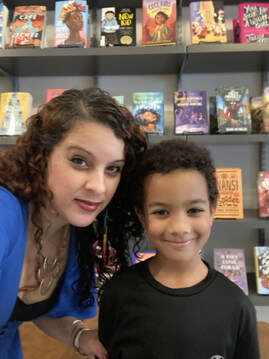 I am a Puerto Rican professional illustrator and writer who works in spurts while raising a family of 6 with my husband. The No Boy, Tulio, is my fourth kid. And yes, he still has big emotions, he still works to communicate, and he still stutters, which can impact his speed of communication. With a family this big, there are many stories to document and share. It's not only important for us, but to the families and kids who can relate, especially those of us who do not often see ourselves in books. My goal is to ensure that my kids and others like them are represented in color, culture, and communication through art and writing. You can follow me on my instagram. Library day was a big deal in my family when I was a kid. We’d walk in with empty paper bags from the grocery store, I’d fill them up in the children’s section, and then carefully carry them out so they wouldn’t tear from the weight. I still remember how amazing it was to go home feeling rich in unread stories. I loaded those bags with all sorts of books, but my favorites were by Beverly Cleary and Judy Blume, like so many of my peers. Back in my room, I’d spend countless hours absorbed in the lives of their characters, wishing that I was friends with them, playing the same games, living in their neighborhoods, and going to their schools. Their daily struggles and challenges became my own, along with their triumphs and victories. I savored the moments that I was transported into their worlds before I was jolted back into my own. It wasn’t that my life was terrible in any way. It just felt so . . . ordinary. Even as a Pakistani-American Muslim child of immigrants growing up in a diverse suburb of Washington, DC, who felt different than those around me, I considered myself far from special. My life was divided between school friends, neighborhood friends, and family friends, with little overlap. I didn’t vacation much, go to sleep away camp, have a dog, take piano lessons, or any of the other things that seemed to make other kids’ lives more exciting than mine. Instead, I played make-believe games about running away, built forts, had a toolshed converted into a playhouse, and painted pet rocks when I wasn’t reading. I also ate kofta and roti for dinner, heard Urdu news playing on the television, and went to the Islamic center on the weekends. As a child writer (which I was, although I never dared to call myself that!) I filled pages with tales about pirates, intergalactic adventures, knights and castles, and stories inspired by popular television shows involving superheroes and stunt actors. I didn’t write about my own life, my neighborhood, or the things that made up my unexciting days in my unexceptional life. And the idea of writing about my family? No way! Who would be able to relate to my experiences? Who would understand the way my family worked, along with our traditions, foods, language and more? We weren’t like the families of Ramona or Margaret, or the other kids I read about. Coming from that mindset, it still amazes me that all these years later I’m writing about a Pakistani American Muslim girl in my Zara’s Rules series. The books mostly take place in her home and neighborhood, with a diverse group of neighbors based on my own, and an extended family inspired by mine. But what I understand now as an adult is that what we see as small or mundane moments now, feel a lot bigger when you’re a kid, and that there is so much beauty, fun, discovery, and growing in those daily struggles and victories I adored reading about when I was younger—and love to write about now. When I started my children’s writing career over twenty years ago, beginning as a writer-for-hire for various series, then making my way over to trade publishing and starting with picture books, I still couldn’t let myself dream that I would ever write something like Zara’s Rules. It’s a series that celebrates being a kid, creativity, and friendship. It’s all about antics: trying to break a Guinness World Record, creating a wagon-based business to earn needed funds, saving a staycation by turning into a camp, and more. There are failures and triumphs, all on a kid-sized scale. But it’s also about an ordinary girl like me and my kids. A girl who goes on bike rides, plays kickball, and watches her little brother, and also hears Urdu, eats paratha, and celebrates Eid. She is relatable and charming in every way because of who she is, not in spite of it. I owe a tremendous debt to Beverly Cleary and Judy Blume, for teaching me that the lives of ordinary girls are fascinating to other kids, and for showing me that families and friendship can be messy and complicated but no less wonderful. I didn’t need for the characters I read about to be exactly like me in order to wish I was their friend, I just needed them to feel real. And it brings me endless joy to know that readers are connecting with my Zara and wishing they lived on her street as they get to escape into her world for a little while, one book at a time. Hena Khan is a Pakistani American writer. She is the author of the middle grade novels Amina’s Voice, Amina’s Song, More to the Story, Drawing Deena, and the Zara’s Rules series and picture books Golden Domes and Silver Lanterns, Under My Hijab, and It’s Ramadan, Curious George, among others. Hena lives in her hometown of Rockville, Maryland, with her family. You can learn more about Hena and her books by visiting her website at HenaKhan.com or connecting with her @HenaKhanBooks.
Headshot photo credit: Havar Espedal |
Archives
July 2024
Categories
All
|
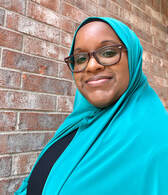
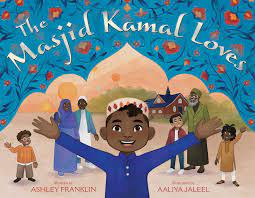
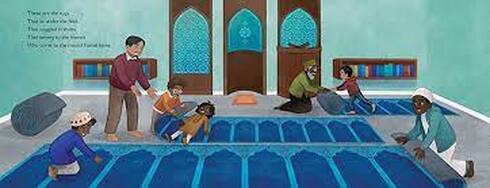
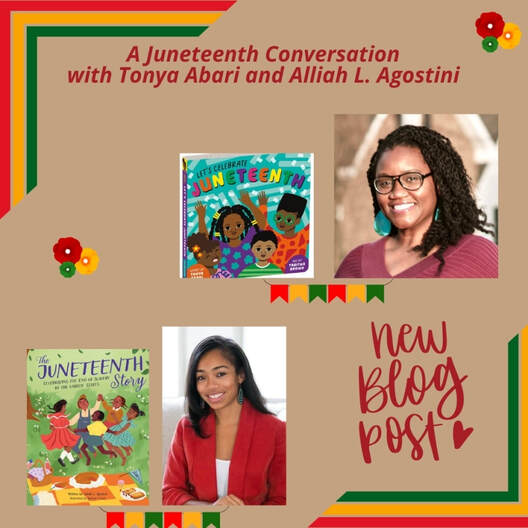
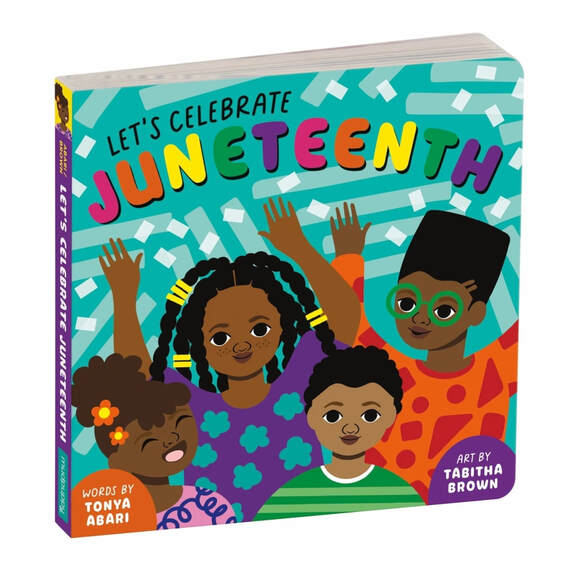
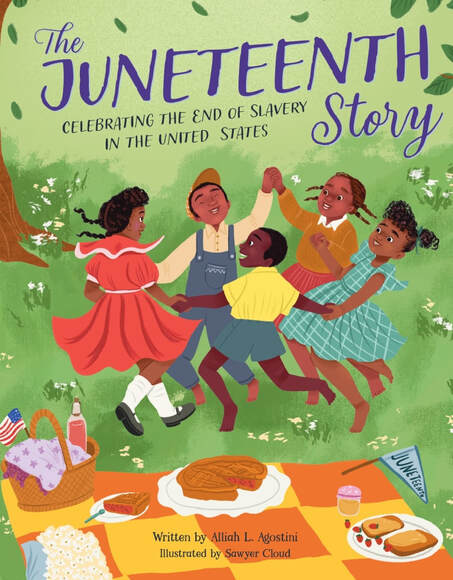
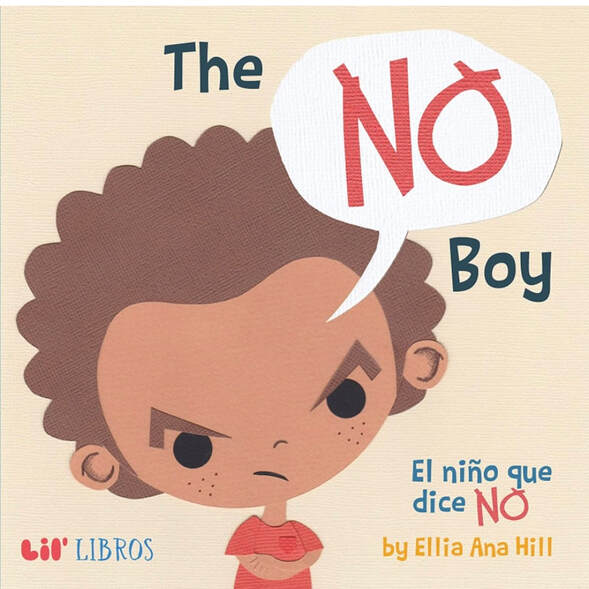
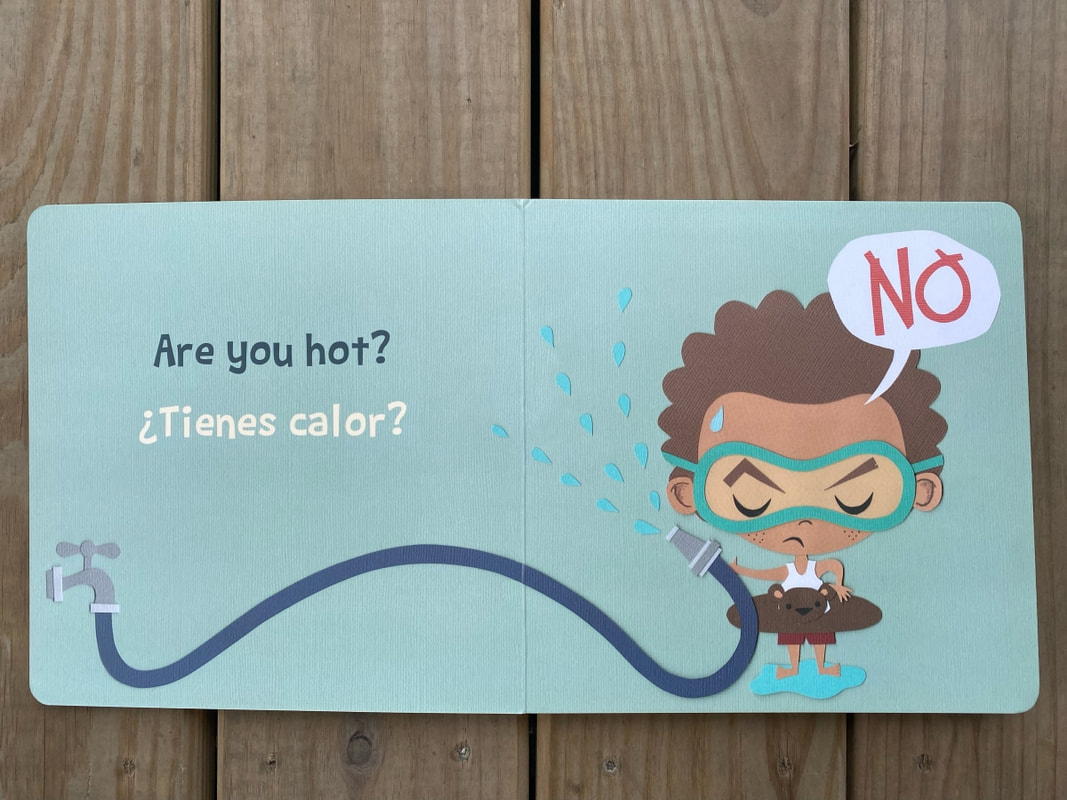
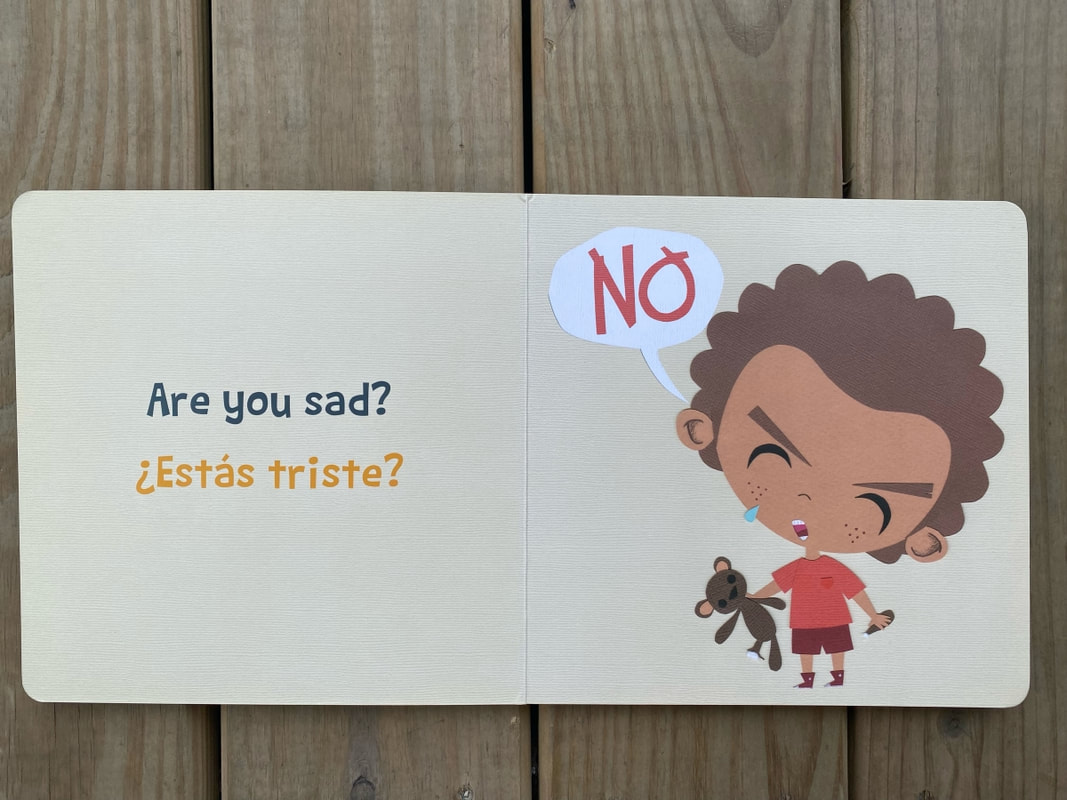
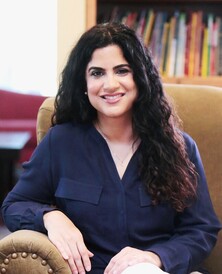
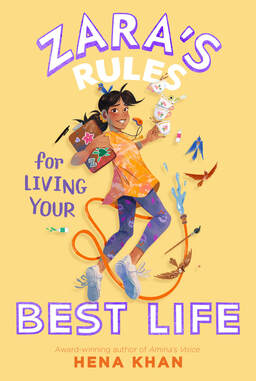
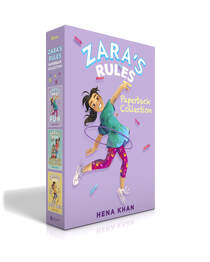
 RSS Feed
RSS Feed



